Stopping a Tourbillon
Setting a tourbillon with to-the-second precision.
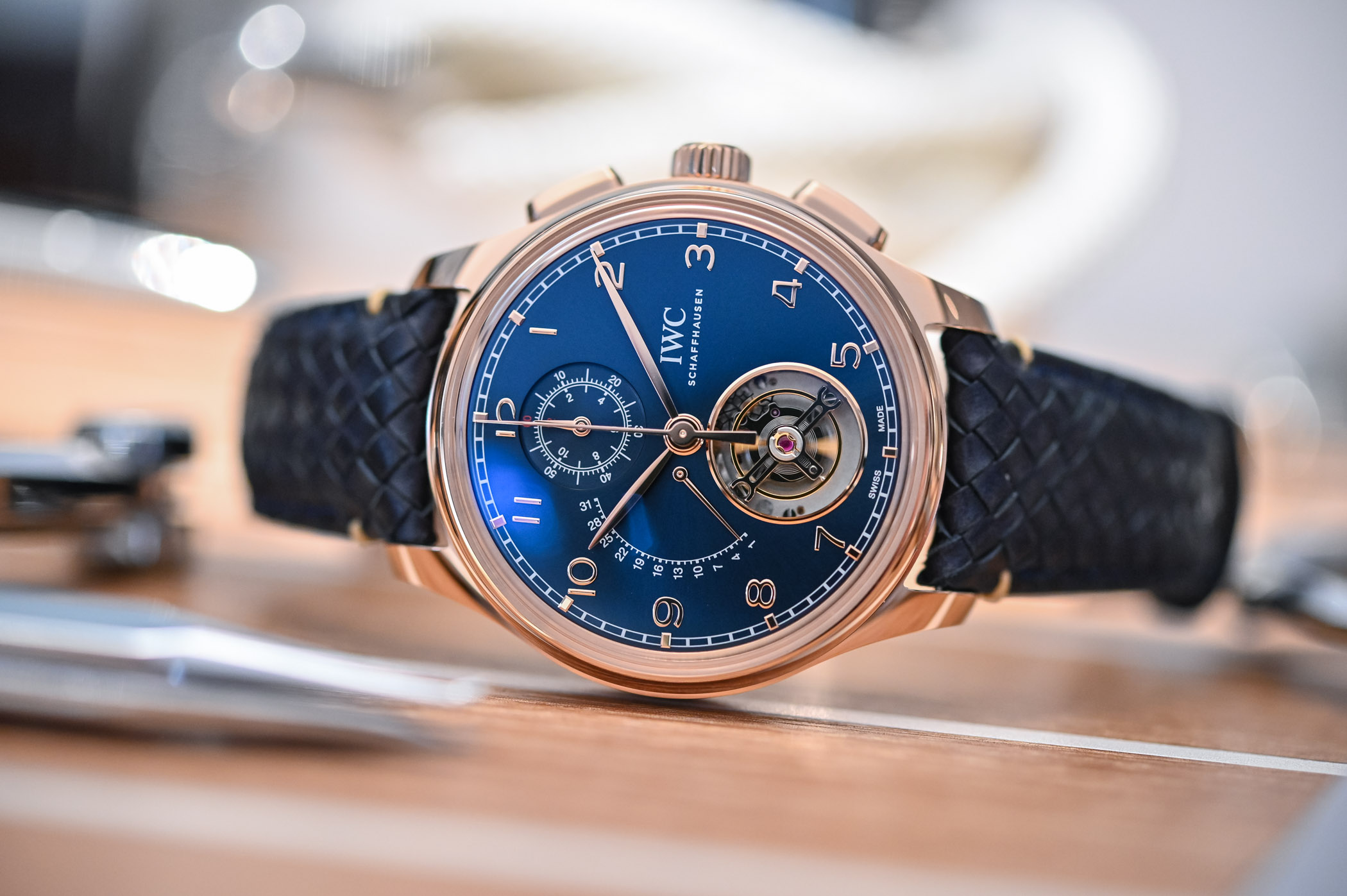
The tourbillon is often regarded as one of the most prestigious complications and a demonstration of the skill and craftsmanship of the watchmakers capable of manufacturing this captivating mechanism. Invented by Breguet in 1801, its aim is to negate the influence of gravity on the regulating organ of watches. Changes in position have significant effects on the way watches keep time. In a tourbillon, a mobile carriage rotating at slow speed (most often once per minute) houses the balance, balance-spring and escapement to average out positional errors. Tourbillon watches are, therefore, built to keep time with superior precision, but, until very recently, they had one significant drawback. It was impossible to set the time with to-the-second accuracy with a classic stop-seconds function. Indeed, it would seem logical and obvious to be able to synchronize the movement to a time signal.
The ability to stop the balance wheel and the seconds hand of a mechanical movement is critical. Traditionally, pulling the crown of a watch with a hacking mechanism causes a brake to come in contact with the rim of the balance wheel and bring it to a standstill. When pushing back the crown, the brake is released and the balance wheel and seconds hand instantly start running again. But stopping the balance wheel in a tourbillon is not simple because the balance is oscillating inside a rotating cage. There is the risk that the brake hits one of the cage pillars getting in the way and, as a result, cannot perform its function. Stopping the cage itself would not be the solution. The balance would remain free to oscillate, it would eventually slow down, lose amplitude and come to a halt, which is seen as not satisfactory (at least for some). There is also a risk that the escapement would be damaged.
The first wristwatch to offer a solution to the problem is the 2008 Lange & Söhne Cabaret Tourbillon (reintroduced in 2021). The Lange solution consisted in designing a very special arresting spring. The V-shape component (reminiscent of a moustache) is hinged so that if one of the two arms comes in contact with one of the pillars, the other will still advance to the balance wheel rim and perform its function. Its geometry ensures an optimal function in all conditions. In 2014, with the 1815 Tourbillon, the German manufacturer went a step further with the addition of a zero-reset function, courtesy of a heart-shaped cam mechanism to reset the seconds hand when pulling the crown.
Several brands have followed in Lange’s footsteps, each bringing their own solution to the problem. Among the brands that worked on stopping the balance wheel’s rim without potentially hitting one of the pillars with an original and poetic solution was put forward by another German manufacturer, Moritz Grossmann. Launched in 2014, the beautiful Benu Tourbillon stages a three-minute flying tourbillon in a 16mm large cage. The brake to stop the balance wheel consists of a tiny pivoting brush made of human hair (visible here near the 25 minute-marking). The cage pillar would pass through the hairs, but these are stiff enough to stop the balance.

Presented in 2017, the IWC hacking Tourbillon uses two levers to grip the balance wheel’s rim like a set of pliers. Each lever has its own spring, and if one hits the pillar, the other stops the balance. This system has been implemented in several of the brand’s tourbillons, such as the Da Vinci Tourbillon Retrograde Chronograph, the Portugieser Tourbillon Retrograde Chronograph or the Portofino Handwound Tourbillon Retrograde.
To set their Parallax tourbillon with utmost precision, the Gronefeld brothers decided to stop the cage (and reset the second) thanks to a pin attached underneath the carriage. Its push-to-wind / push-to-set crown allows one to switch between two modes. When switched into setting mode, a lever is moved. The movement keeps running but it is stopped as soon as the cage pin engages with the lever. In short, both the flying tourbillon and the central seconds hand continue their rotation in sync until they arrive at the 12 o’clock position to stop.
The Montblanc Exo-Tourbillon is an original tourbillon architecture that offers another solution. Its balance wheel oscillates outside the cage on a higher plane. As such, it can implement a traditional, straightforward stop-seconds mechanism with a brake blocking the balance wheel.

One of the most recent, efficient and elegant solutions to implement a stop-seconds mechanism into a tourbillon movement was patented and implemented by the German independent watchmaker Karsten Frassdorf in the Ei8ht Tourbillon. Instead of stopping the balance wheel in the traditional way, with a brake coming in contact horizontally with the balance wheel’s rim, Frassdorf had the idea to stop the balance wheel vertically via the double roller (which is now a double function roller). Besides making braking efficient, there is naturally no risk of hitting one of the tourbillon cage’s pillars.

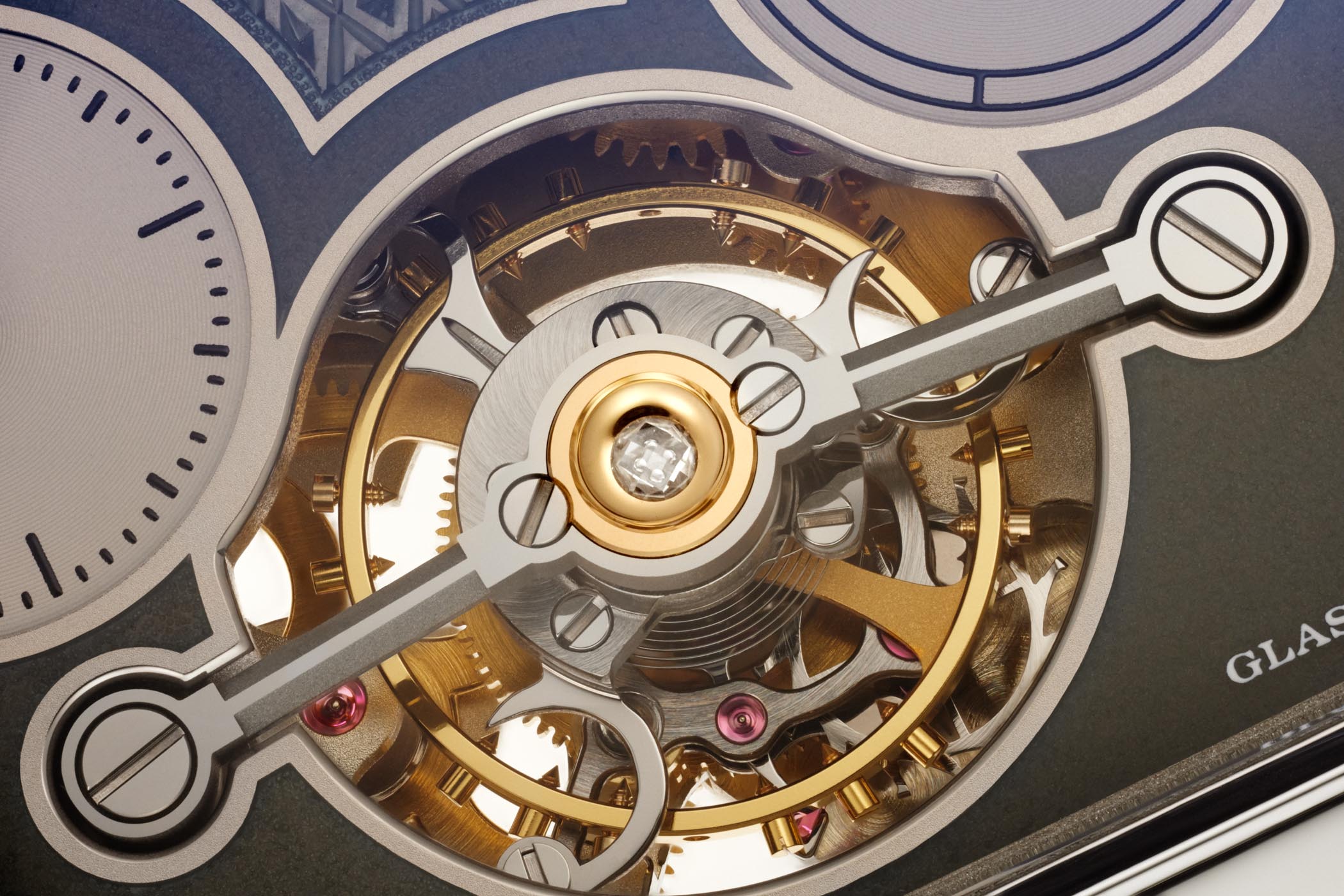
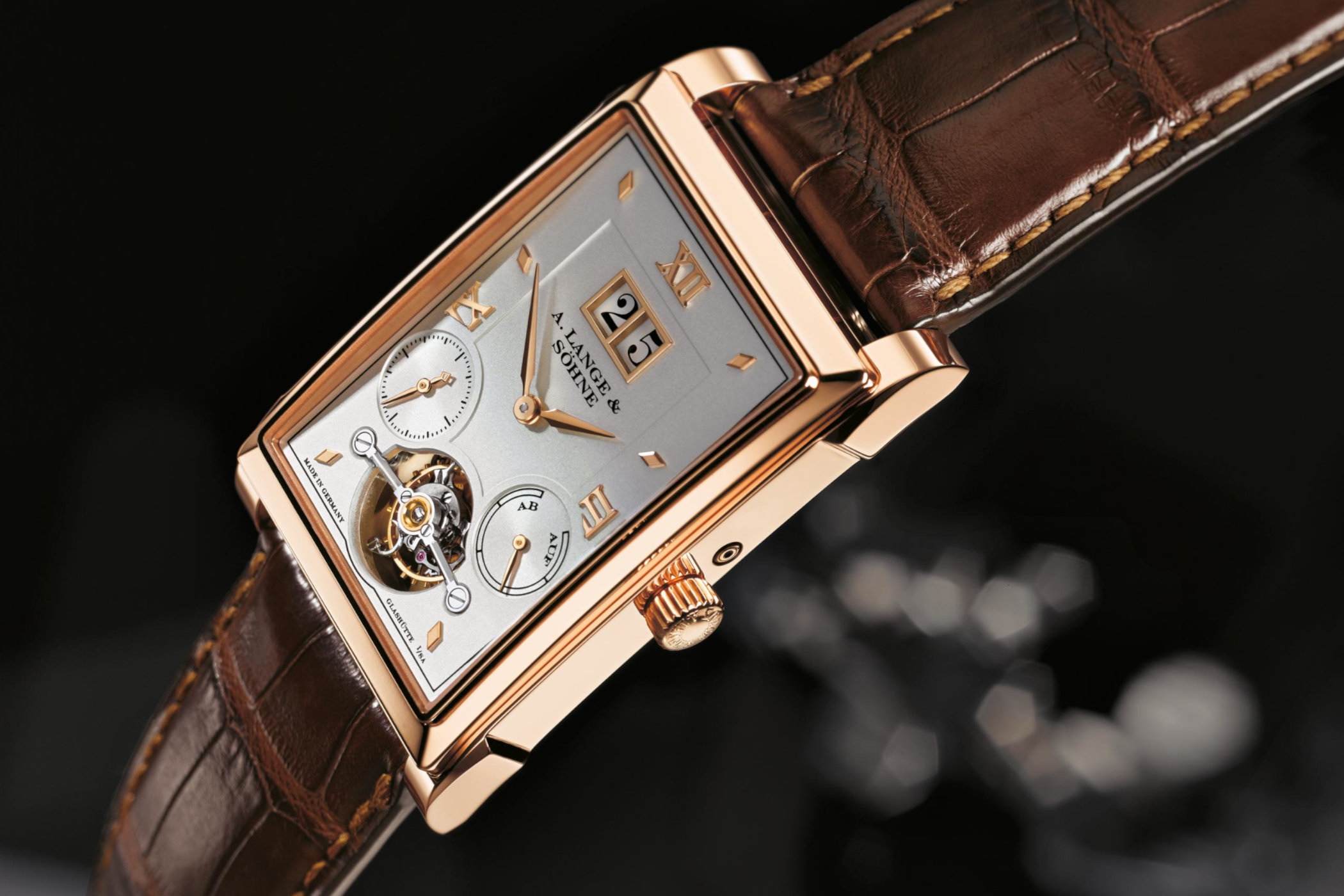

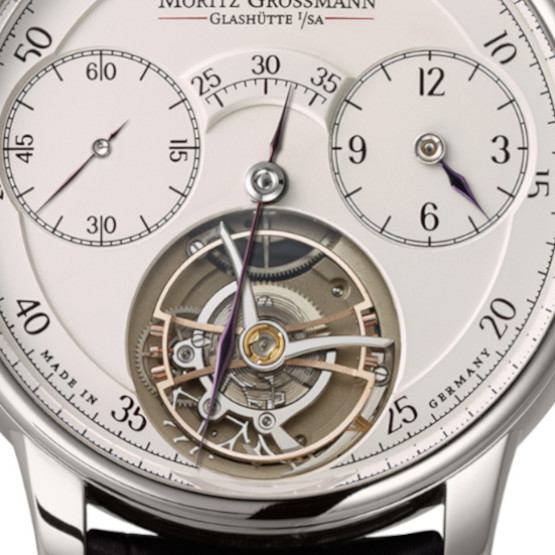
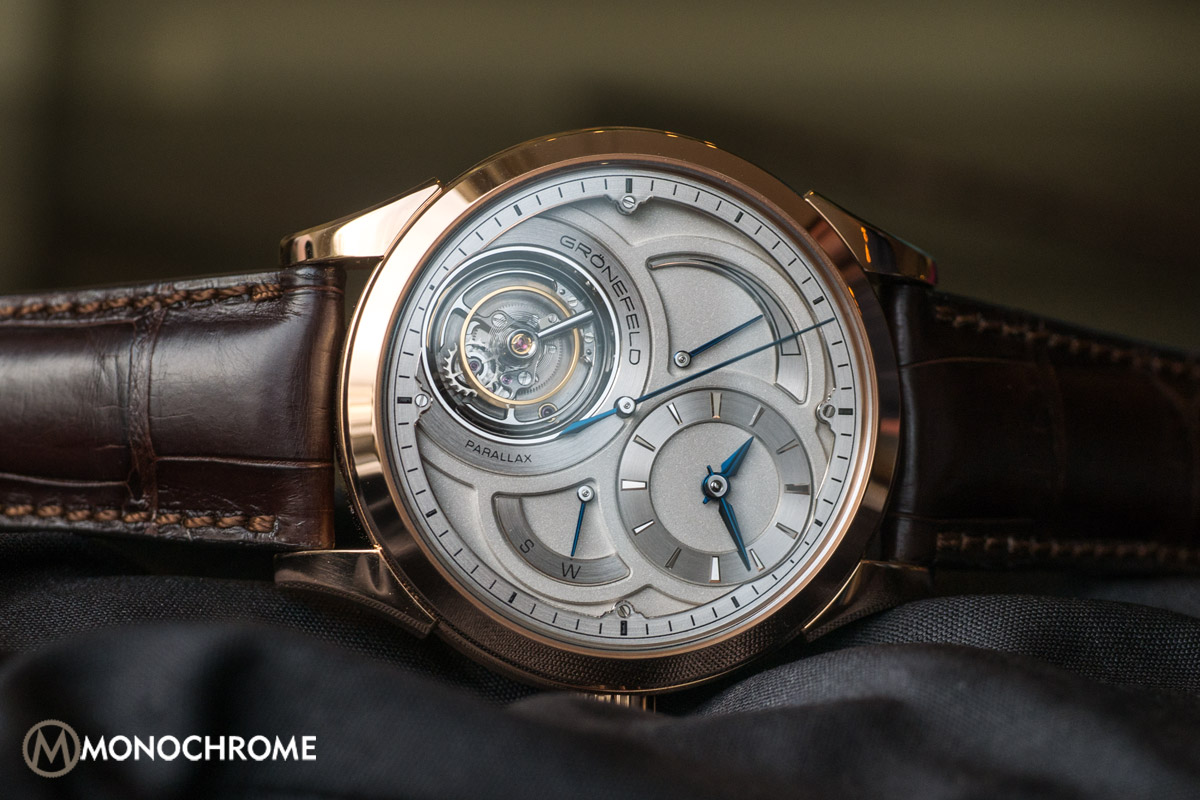
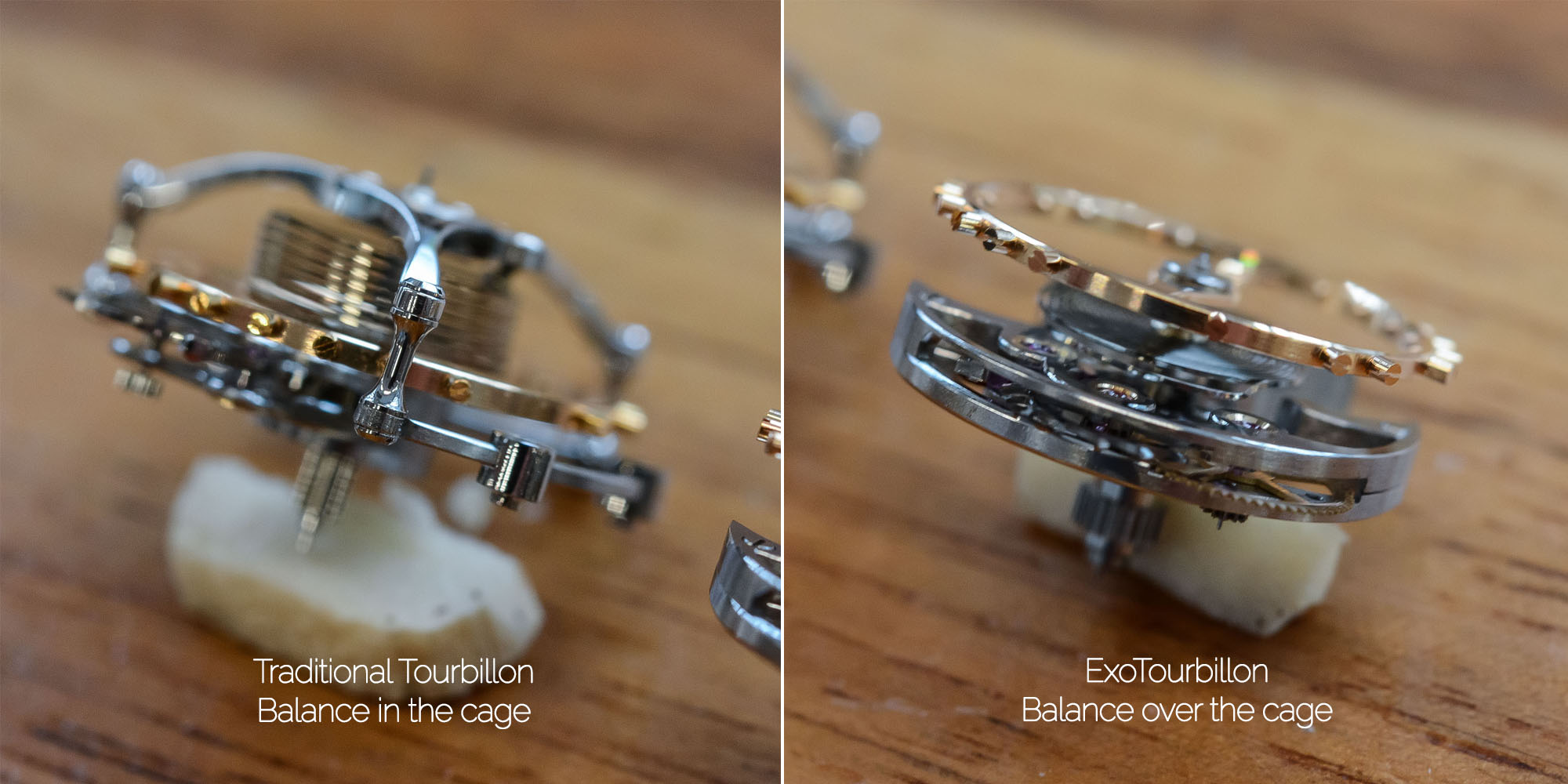





1 response
Okay, good story on hacking tourbillons of the modern day but please check the accuracy of the introduction. Much has been written on the tourbillon. It’s argued whether or not it is a complication and I would have to agree that it is not – it doesn’t add a function to the watch. Further, Breguet built the mechanism to improve pocket watch accuracy while the watch sat in one position – basically in the gentleman’s pocket all day – it has nothing to do with the accuracy of the wristwatch. Please show us a tourbillon that has won an accuracy competition in the last few years.